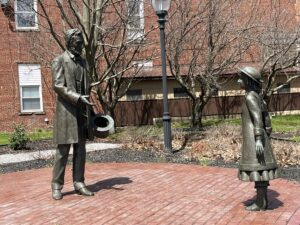 Abraham Lincoln traveled through upstate New York in early 1861 on his way to Washington, DC for his inauguration, stopping in Westfield, Buffalo, Albany, Peekskill, and New York City. Twelve years before, in 1848, he stopped in Buffalo and saw Niagara Falls on his way home between sessions of congress after he toured around eastern Massachusetts giving speeches in support of Zachary Taylor as the Whig nominee for president [Spoiler: Taylor won] In late April of this year, traveled much the same route in northern New York on my way to the Lincoln Forum spring conference at Hildene in Manchester, Vermont.
Abraham Lincoln traveled through upstate New York in early 1861 on his way to Washington, DC for his inauguration, stopping in Westfield, Buffalo, Albany, Peekskill, and New York City. Twelve years before, in 1848, he stopped in Buffalo and saw Niagara Falls on his way home between sessions of congress after he toured around eastern Massachusetts giving speeches in support of Zachary Taylor as the Whig nominee for president [Spoiler: Taylor won] In late April of this year, traveled much the same route in northern New York on my way to the Lincoln Forum spring conference at Hildene in Manchester, Vermont.
My first stop was Westfield, where Lincoln first met Grace Bedell, the young girl who had earlier written to tell him he would get more votes if he grew a beard. Granted, he didn’t start growing it until after the election, but he had it when he stopped in Westfield on his inaugural train journey. When he arrived in Westfield for a brief refueling stop, he called out to see if she was present. She was, and they shared a big hug to a crowd of cheers. Today, a small park features life-sized bronze sculptures of Lincoln and Bedell along with tributes to soldiers who fought in the Civil War. Right beside the park is Grace & Abes, a brewpub where you can choose from a selection of “Abe’s Ales” or all seven deadly sins from “7 Sins Brewery” (and no, there is no beer named after Grace Bedell since she had not yet turned 12 years old at the time).
From there I was on to Buffalo, where among other attractions (and a side trip to the Canadian side of Niagara Falls), I checked out two statues of Lincoln. “The Boy Lincoln” by sculptor Bryant Baker depicts a young Lincoln seated on a log and holding a book. The other, simply titled “Lincoln,” was sculpted by Charles Henry Neihaus and depicts a sitting President Lincoln. It is located in front of the South side of the Buffalo History Museum. One trivia note – Niehaus at one time had eight statues of famous men in Statuary Hall of the United States Capitol, a record. Four have them have since been replaced, but the four that remain are still more than any other sculptor in the Hall.
In Rochester, I checked in on several sites related to Frederick Douglass and Susan B. Anthony. There are fourteen statues of Douglass in and around Rochester, including one of he and Anthony having tea. I visited the cemetery where both of them are buried. One of the Douglass statues has him and Lincoln standing full height grasping hands in a firm handshake between equals.
After checking out the Finger Lakes and Seneca Falls (where women began their struggle to get the vote), it was on to Auburn, the home of Lincoln’s Secretary of State, William H. Seward. Touring the home was fascinating, as was the grand bust of Lincoln in the library, joined by a similar one of Seward. Auburn is also the adopted home of Harriet Tubman, so I checked out yet another cemetery for the tombs of Seward and Tubman.
After a quick stop in Syracuse to see two more Lincoln statues, it was on to Manchester, Vermont, where I attended a weekend Lincoln Forum conference at Hildene, Robert Lincoln’s summer home. I had been there before, but this was a great opportunity to do some fact checking for the book I’m writing on Lincoln’s two New England tours, plus see about 150 other Lincoln researchers.
I’m currently in the final stages of writing the book that will be released in February 2026, so stay tuned for more information on that in the coming months.
[Photo credits: All taken by David J. Kent, April 2025]

Coming in February 2026: Unable to Escape This Toil
Available now – Lincoln: The Fire of Genius: How Abraham Lincoln’s Commitment to Science and Technology Helped Modernize America is available at booksellers nationwide.
Limited signed copies are available via this website. The book also listed on Goodreads, the database where I keep track of my reading. Click on the “Want to Read” button to put it on your reading list. Please leave a review on Goodreads and Amazon if you like the book.
You also follow my author page on Facebook.
David J. Kent is Immediate Past President of the Lincoln Group of DC and the author of Lincoln: The Fire of Genius: How Abraham Lincoln’s Commitment to Science and Technology Helped Modernize America and Lincoln: The Man Who Saved America.
His previous books include Tesla: The Wizard of Electricity and Edison: The Inventor of the Modern World and two specialty e-books: Nikola Tesla: Renewable Energy Ahead of Its Time and Abraham Lincoln and Nikola Tesla: Connected by Fate.








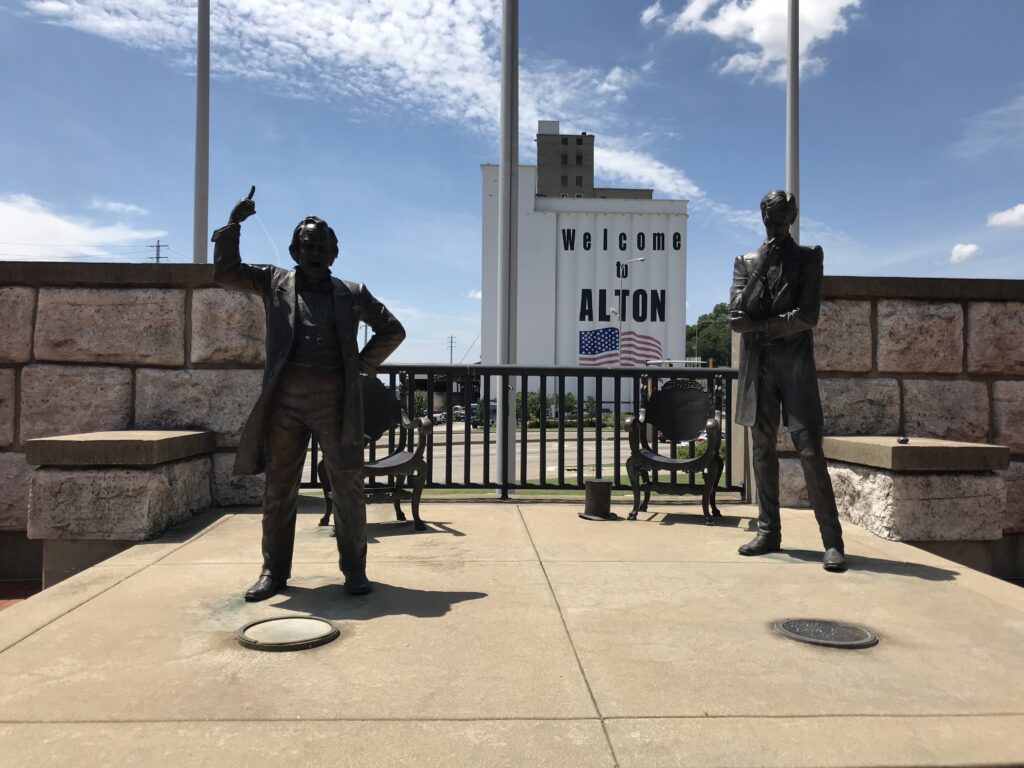
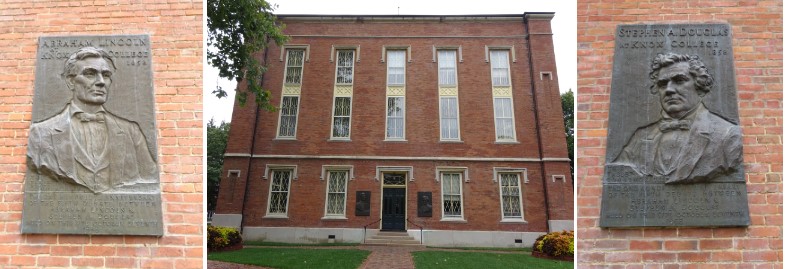 With the
With the 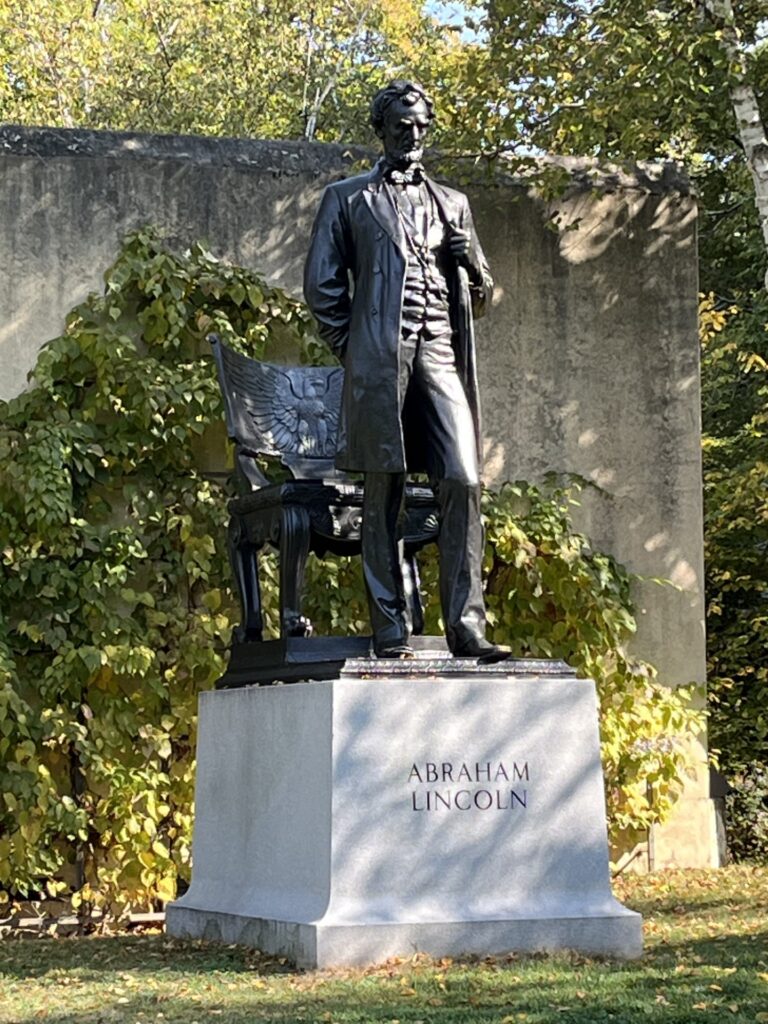
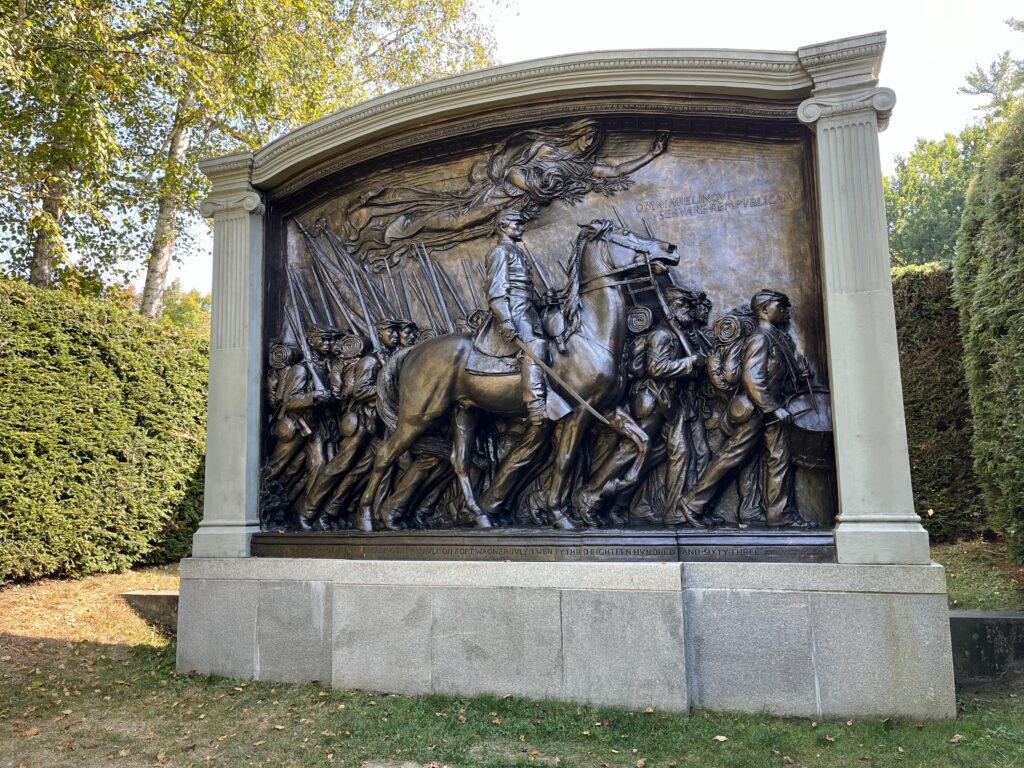
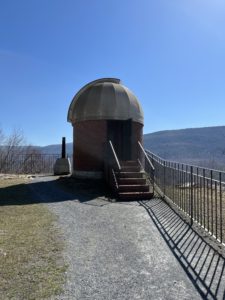 Robert Lincoln got his initial interest in astronomy from his father. Abraham Lincoln was fascinated by astronomy, as I discuss in my book,
Robert Lincoln got his initial interest in astronomy from his father. Abraham Lincoln was fascinated by astronomy, as I discuss in my book, 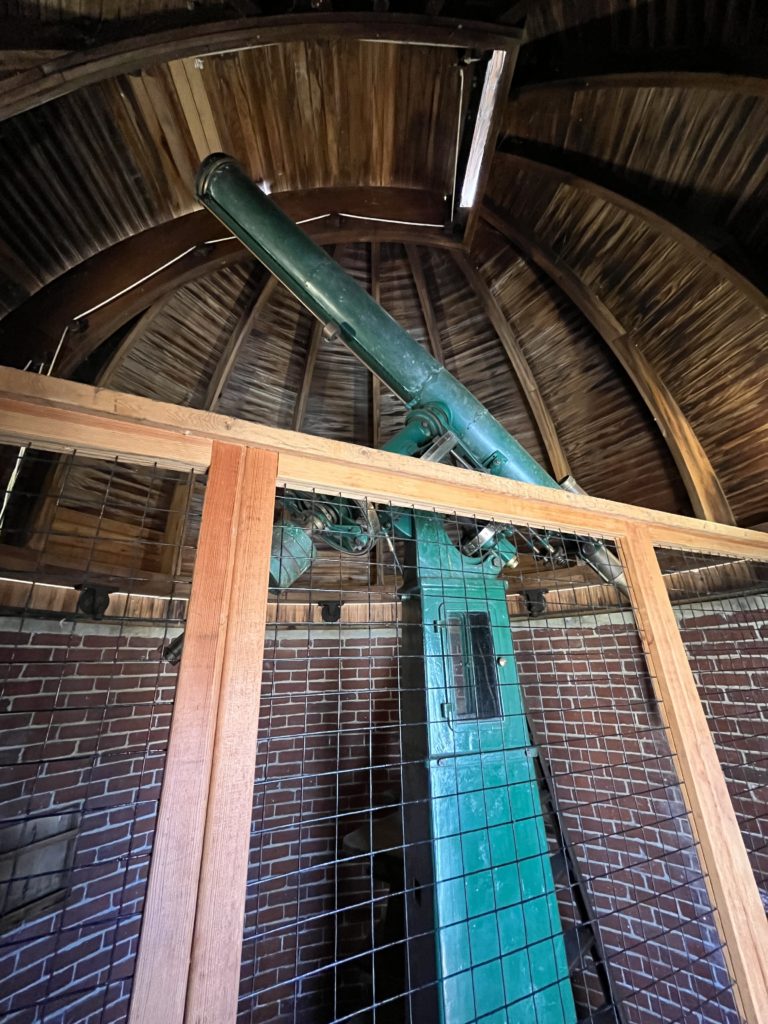
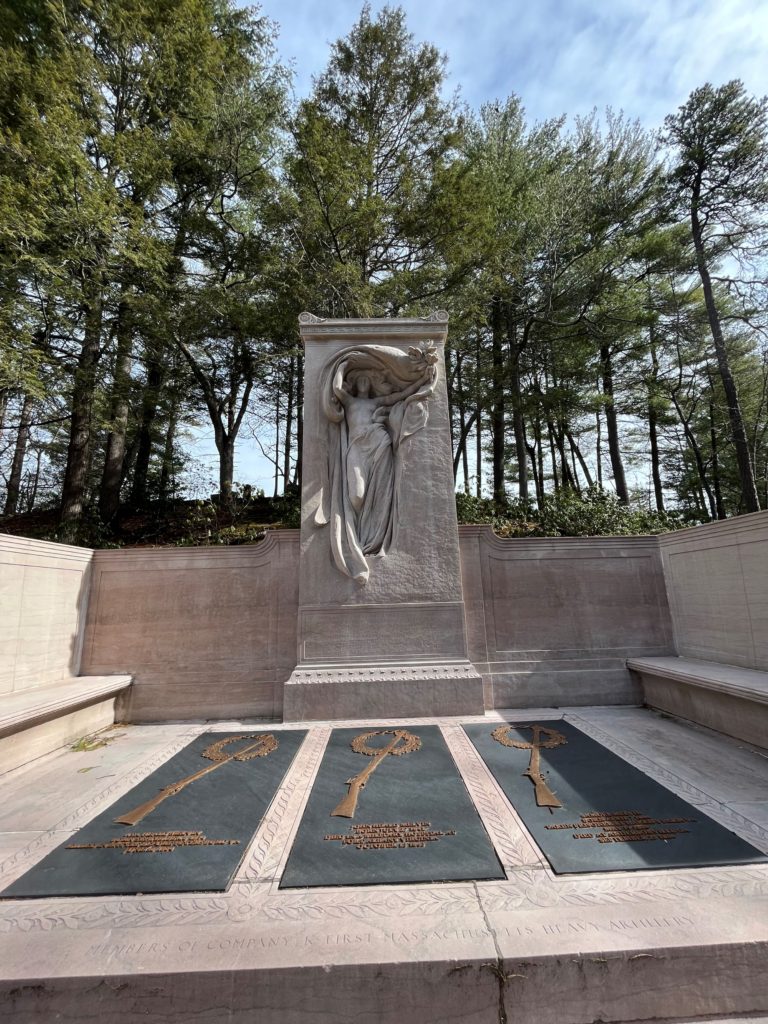
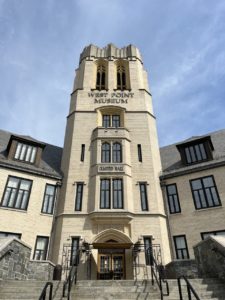 Abraham Lincoln made a secret trip to West Point in 1862. My recent trip to West Point was not so secret, and I also picked up and award in Lincoln’s legacy. I have the Lincoln Society of Peekskill to thank for both.
Abraham Lincoln made a secret trip to West Point in 1862. My recent trip to West Point was not so secret, and I also picked up and award in Lincoln’s legacy. I have the Lincoln Society of Peekskill to thank for both.

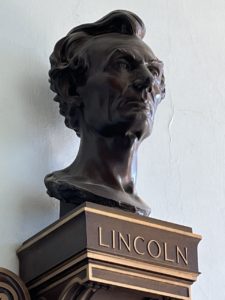 Abraham Lincoln famously had less than one year of formal schooling, but you can find him now at both Harvard and Yale.
Abraham Lincoln famously had less than one year of formal schooling, but you can find him now at both Harvard and Yale.



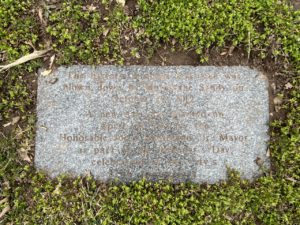 Several days before my visit to Harvard I was on the Yale campus. Lincoln had given a speech in 1860 in Union Hall. The hall no longer stands (the High School in a Community is now in its place) but there is a memory of Lincoln on the green at Yale. There, at least up until recently, stood a majestic Oak deemed the “Lincoln Memorial Oak” that had stood for ages. In late 2012 the stately old tree was toppled by Superstorm Sandy,
Several days before my visit to Harvard I was on the Yale campus. Lincoln had given a speech in 1860 in Union Hall. The hall no longer stands (the High School in a Community is now in its place) but there is a memory of Lincoln on the green at Yale. There, at least up until recently, stood a majestic Oak deemed the “Lincoln Memorial Oak” that had stood for ages. In late 2012 the stately old tree was toppled by Superstorm Sandy, 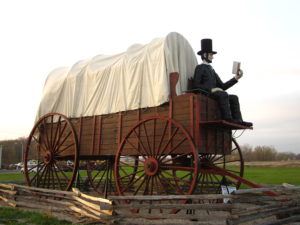 Abraham Lincoln made two trips to New England in his lifetime, and I will soon embark on a road trip of my own to follow in his footsteps. This isn’t my first such trip. Pre-COVID I made several road trips – long solo drives tracing Lincoln’s roots through Kentucky, Indiana, and Illinois, with side trips into Lincoln-related sites in Tennessee, Michigan, Wisconsin, and elsewhere. You can
Abraham Lincoln made two trips to New England in his lifetime, and I will soon embark on a road trip of my own to follow in his footsteps. This isn’t my first such trip. Pre-COVID I made several road trips – long solo drives tracing Lincoln’s roots through Kentucky, Indiana, and Illinois, with side trips into Lincoln-related sites in Tennessee, Michigan, Wisconsin, and elsewhere. You can 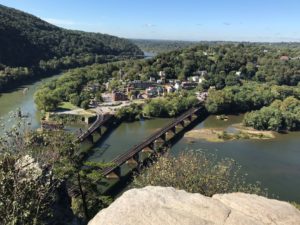 President Lincoln took a special train to Harpers Ferry on October 1, 1862. I drove my car to the National Park Service visitors center on October 1, 2021. Lincoln reviewed the troops on Bolivar Heights. I climbed to the overlook on Maryland Heights. One hundred and fifty-nine years separated us, but I still felt his presence.
President Lincoln took a special train to Harpers Ferry on October 1, 1862. I drove my car to the National Park Service visitors center on October 1, 2021. Lincoln reviewed the troops on Bolivar Heights. I climbed to the overlook on Maryland Heights. One hundred and fifty-nine years separated us, but I still felt his presence.






